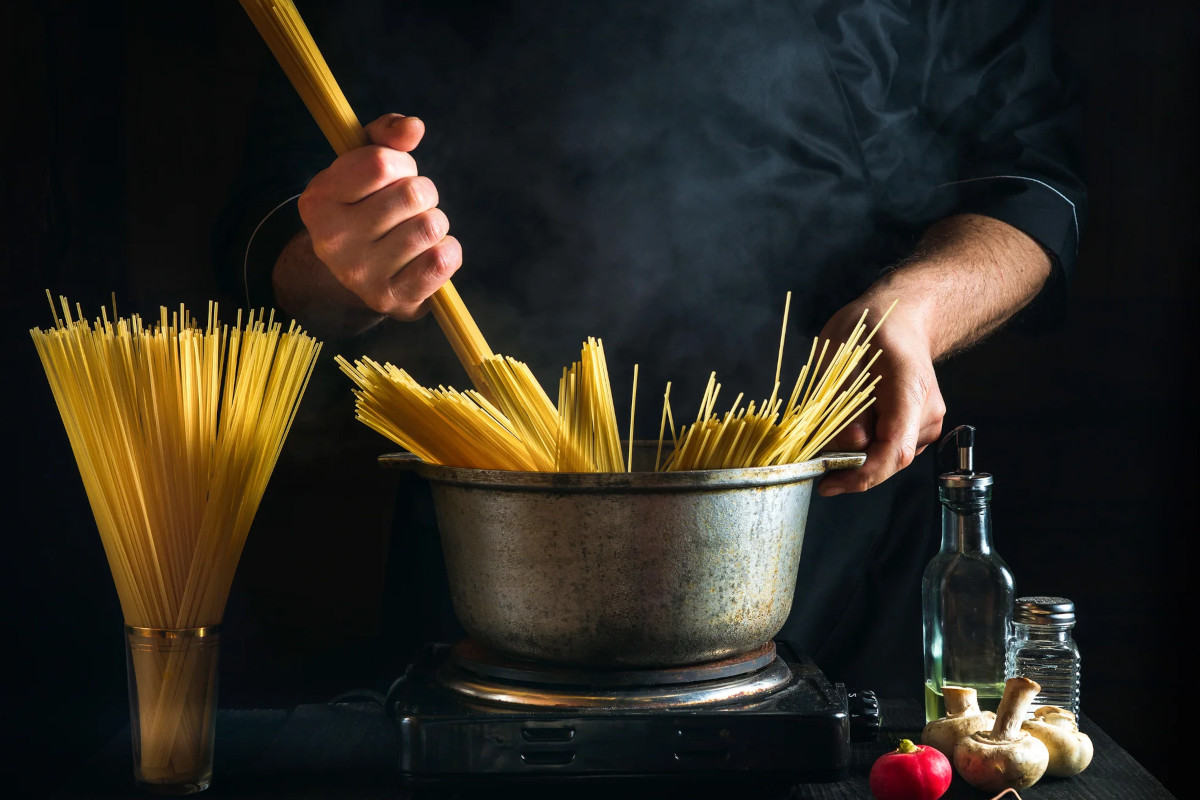
The global pasta industry is currently approaching a production volume of 17 million metric tons, with Italy solidifying its status as the premier producer, churning out 3.6 million metric tons, surpassing both Turkey and the USA. This dominance translates into a revenue stream edging close to 7 billion euros. Italians not only lead in consumption, averaging approximately 23 kilograms per capita annually but also excel in promoting their beloved pasta globally, with over 61% of the national output destined for international markets.
Export performance remains robust, as revealed by an analysis conducted by Unione Italiana Food, based on Istat data from January to December 2023. Over 2.2 million metric tons of pasta were exported, though marking a slight volume decline of 3.7% compared to 2022, reflective of broader trends in the agri-food sector. Nonetheless, the export value surged to 3.8 billion euros, registering a notable 3% increase from the previous year. Of the exported pasta, approximately 1.5 million metric tons were shipped to EU member states, with nearly 780,000 metric tons reaching non-EU markets.
EU destinations continue to dominate, constituting 64.8% of total exports, albeit slightly down from the 65% figure observed in 2022, while the remaining 35.2% finds its way to non-EU territories spanning the Americas, Asia, Africa, and Oceania. Key markets include Germany, the United Kingdom, France, the United States, and Japan, which collectively absorb substantial quantities.
Margherita Mastromauro, President of the Italian Pasta Makers within Unione Italiana Food, underscores the significance, stating, “Today, over 60% of packages produced in Italy find their way to international markets. The enduring allure and positive reception of Italian pasta abroad owe much to the longstanding expertise of Italian pasta artisans.”
Pasta continues to epitomize sustainability, versatility, nutritional adequacy, and accessibility. Innovations in packaging ensure full material recovery, while advancements in production techniques open avenues for experimentation with novel cooking methodologies. Sustainability efforts extend to supply chain partnerships, prioritizing environmentally friendly agricultural practices and stewardship.
